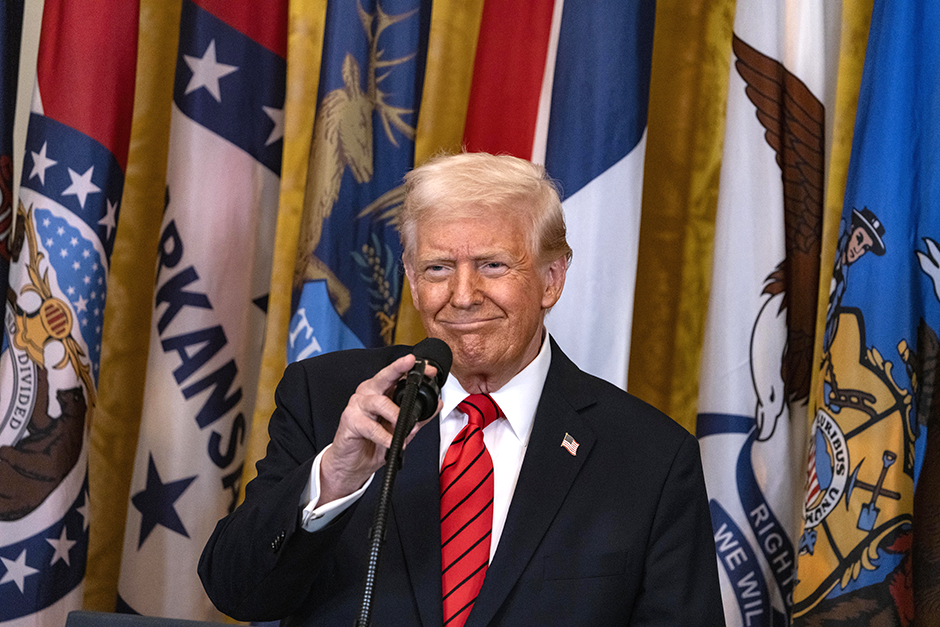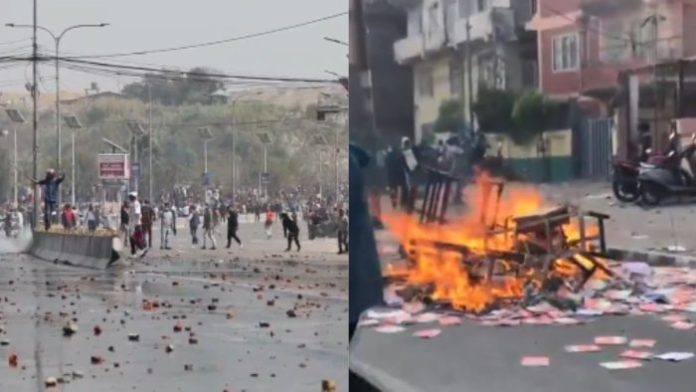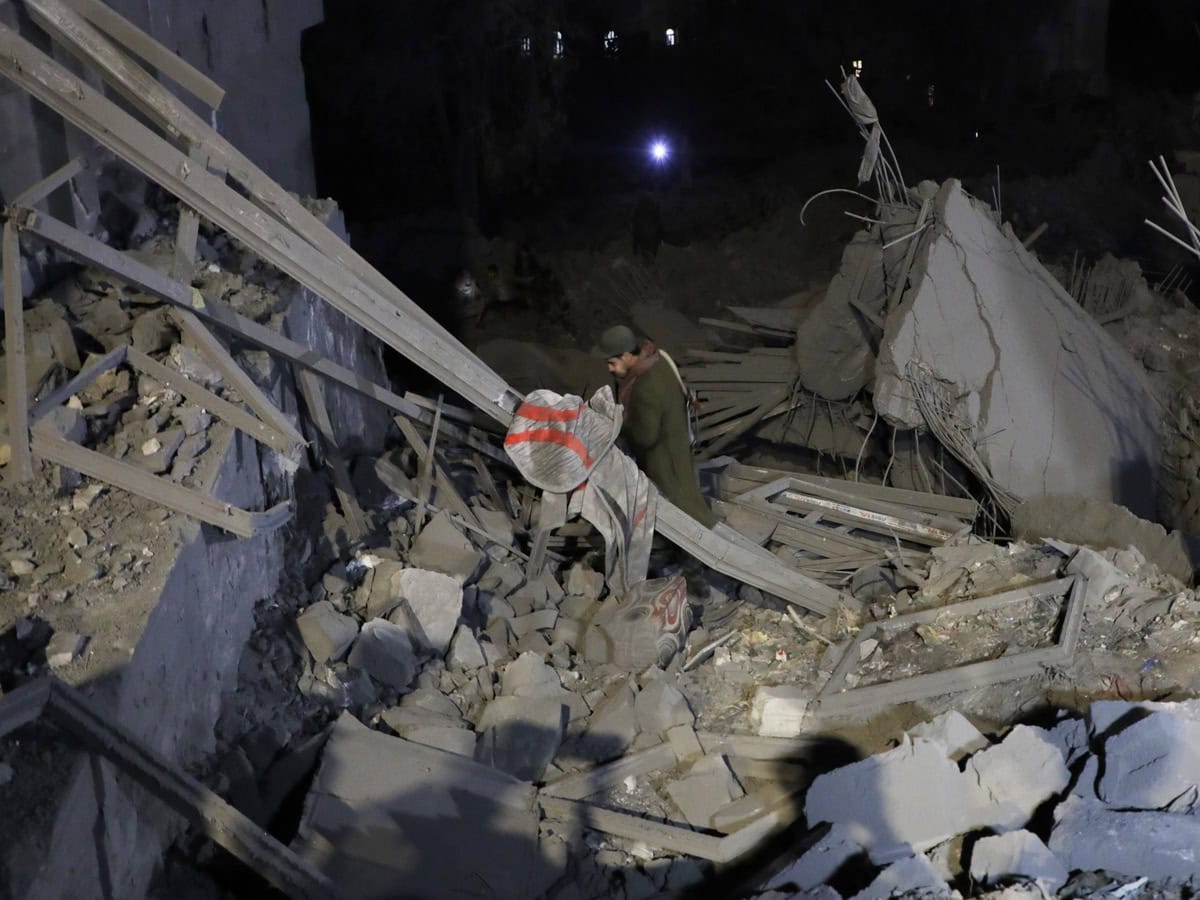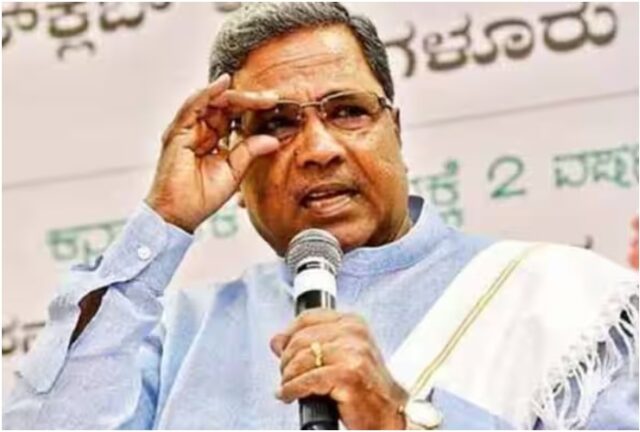The plot thickened as Rajanna’s son, MLC Rajendra, corroborated the tale, claiming the honey trap attempts had persisted for six months.
In the bustling political heart of Karnataka, a scandal brewed that would shake the corridors of power to their core. Cooperation Minister K.N. Rajanna, a seasoned politician known for his fiery rhetoric, found himself at the center of a storm that began with whispers and erupted into a full-blown controversy. It was March 2025, and the air was thick with intrigue as Rajanna claimed he had been targeted in a honey trap—a sinister plot involving not just him, but 48 other politicians, spanning state and national lines.
The story unfolded in the Karnataka Legislative Assembly, where Rajanna dropped his bombshell. “Karnataka has become a factory of CDs and pen drives,” he declared, his voice echoing through the chamber. He alleged that shadowy figures had orchestrated attempts to ensnare him, twice sending a man accompanied by different women to his Bengaluru residence. The second visitor, posing as a High Court lawyer, sought a private audience—a request Rajanna now saw as a lure into a trap. Yet, when pressed for evidence, he faltered. “I thought there’d be CCTV footage,” he admitted to the press, “but there are no cameras at my home—or any minister’s residence, for that matter.”
This revelation sparked a cascade of questions. How could a minister, visited by thousands, lack the basic security of CCTV, a device the local police insisted even roadside pan-beeda vendors install? The absence of cameras at Rajanna’s home stood in stark contrast to the state’s push for surveillance, exposing a bewildering gap in oversight. Were the police, too, caught off guard? Sources whispered that even the gunmen assigned from the police department—supposed protectors of the minister—were outdated in their training, ill-equipped to detect such clandestine schemes.
The plot thickened as Rajanna’s son, MLC Rajendra, corroborated the tale, claiming the honey trap attempts had persisted for six months. Yet, no formal complaint had been lodged until March 25, 2025, when Rajanna finally submitted a three-page letter to Home Minister G. Parameshwara. The delay fueled speculation: Was Rajanna stalling, or was he blindsided by his own lack of evidence? Parameshwara, accepting the petition, promised action after consulting Chief Minister Siddaramaiah, but the absence of CCTV left the investigation dangling on Rajanna’s word alone.
Opposition leaders pounced. BJP’s R. Ashoka demanded a judicial probe, waving CDs in the Assembly as symbols of the alleged blackmail. “If ministers can’t protect themselves, what of the common man?” he thundered. Meanwhile, Rajanna’s allies scrambled to defend him, with Public Works Minister Satish Jarkiholi hinting at broader conspiracies—failed attempts on other seniors, orchestrated by political puppeteers.
As night fell on March 25, 2025, the enigma remained unsolved. Was Rajanna a victim of his own oversight, a minister ensnared by cunning foes in a game of trust and treachery? Or had he spun a tale to deflect from internal Congress rivalries, as some whispered, pointing to his feud with Deputy CM D.K. Shivakumar? The police, the gunmen, the missing cameras—all threads in a tapestry of chaos, woven with deception and doubt.
In Karnataka’s political theater, “The Honey Trap Enigma” played on, a captivating saga of a minister’s gamble, where the absence of a simple lens blurred the line between truth and trap.
(The author Girish Linganna is an award-winning Science Writer and a Defence, Aerospace & Political Analyst based in Bengaluru. He is also Director of ADD Engineering Components, India, Pvt. Ltd, a subsidiary of ADD Engineering GmbH, Germany. You can reach him at: girishlinganna@gmail.com)













































